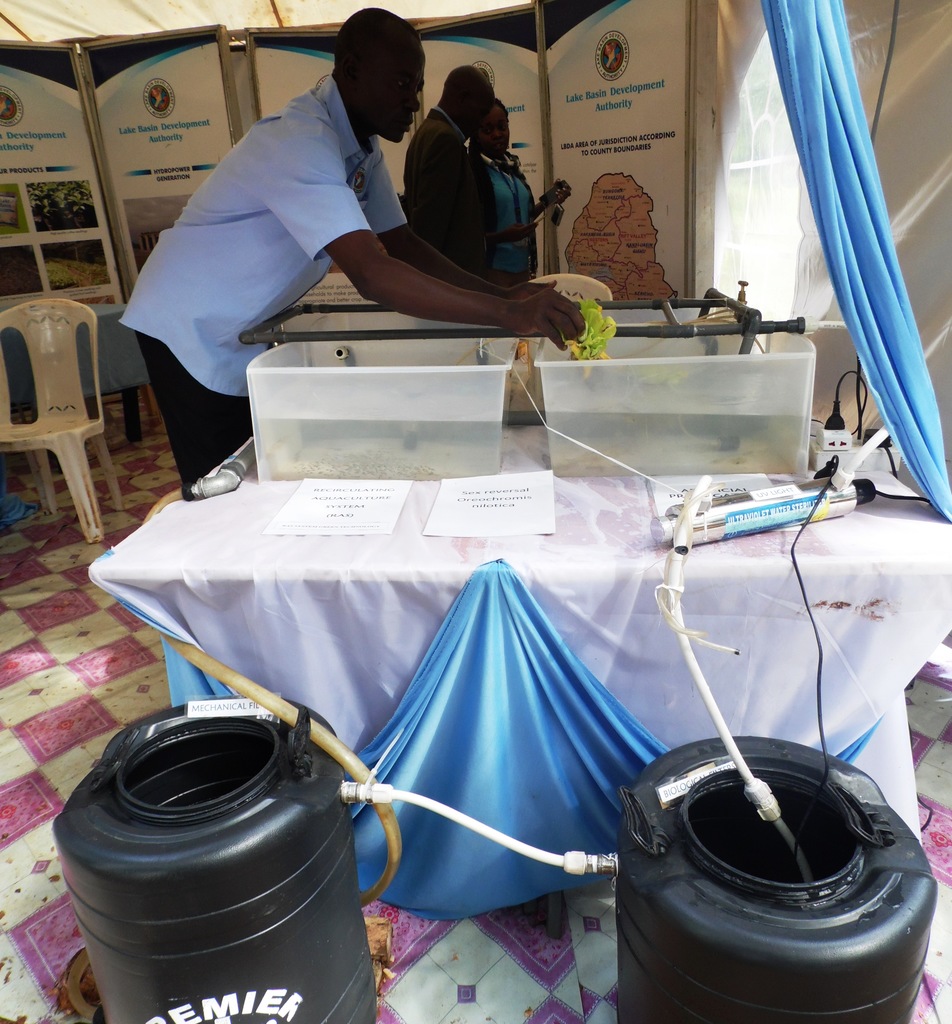Following simple delivery procedures after buying fingerlings may reduce death of the new stock while increasing their adaptability for maturity within the required six months.
Jared Mokaya, a Kenya Prisons Service officer in charge of fish farming at the service’s Nakuru station said stressed fingerlings can delay to mature for weeks or a month, yet is can be controlled.
RELATED STORY: Kenyan fish pond farmers poised for good market opportunities as wild catch dwindles
A farmer must inform the fingering hatchery of plans of collecting the stock a day to doing so. This allows the hatchery to reduce the feeds given to the fingerlings.
“Starving the fish for a day before transportation to the fish pond reduces the amount of waste produced. Accumulation of waste can be toxic to the delicate stock while in the enclosed transportation bags,” the officer said.
RELATED STORY: Kakamega fish co-operative set to save farmers from fetching fingerlings from far counties
When fingerlings are transported, they are put in special bags with oxygen-enriched water.
At the same time, it is wrong for the famer to immediately open the bag and remove the fish with bare hands. They are supposed to move out on their own into the new environment.
RELATED STORY: Homa Bay fish farmers set to increase production and profits with new hatchery
The fingerlings, together with the container must be placed on the water of the new pond for between 20 and 30 minutes. This allows for the water in the bag to assume temperatures of the surrounding. The bag is them opened carefully opened for the fish to flow into the new home, Mokaya said.
“Following the brief moment of acclimatization, the young ones start feeding immediately. Water temperature shock effects are also minimal,” he said.
Mokaya is a Nakuru Prison Service aquaculture expert, who also helps farmers set up integrated backyard fishponds.
Mokaya can be reached on +254775702877 or +254724469499

















Comments powered by CComment